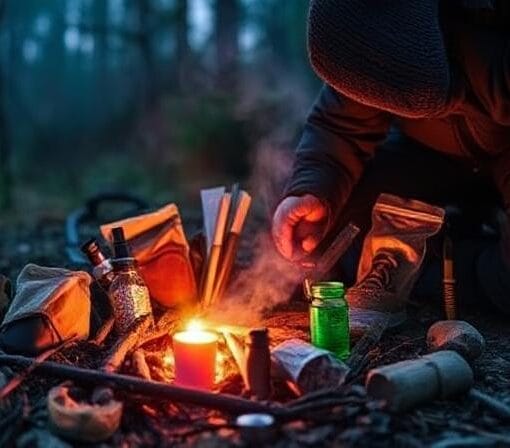Top Takeaways and Key Concepts
- Choose land with good soil, sunlight, and water to build a strong homestead foundation.
- Plan your homestead layout efficiently to save time and energy every day.
- Start small when growing food to build confidence and learn gardening basics.
- Add livestock like chickens or goats for eggs, milk, and natural land management.
- Create a reliable water system using rainwater collection or wells for long-term sustainability.
Summary of This Article
Please Note: This post may contain affiliate links. If you click one of them, we may receive a commission at no extra cost to you. As an Amazon Associate, I earn from qualifying purchases.
This article explains how to start a simple, self-sufficient homestead step by step. It begins with choosing the right land based on soil, water, and sunlight, then moves into layout planning to make daily tasks easier. It encourages beginners to grow food gradually for confidence and self-reliance, while also exploring the benefits of raising livestock like chickens and goats. Finally, it covers essential water management solutions and emphasizes building a supportive community to share knowledge and resources along the journey to independence.
Short Video Version of this Article
It sounds like a lot of fun to live off the land. Just think about how nice it would be to wake up to birds singing and the sun beaming. You sit outside with a hot cup of coffee and watch your garden grow. Doesn’t it feel good?
You may be in charge of your life if you build your own homestead. You produce your own vegetables and maybe even keep hens for eggs. That way, you’ll be ready for whatever that comes your way.
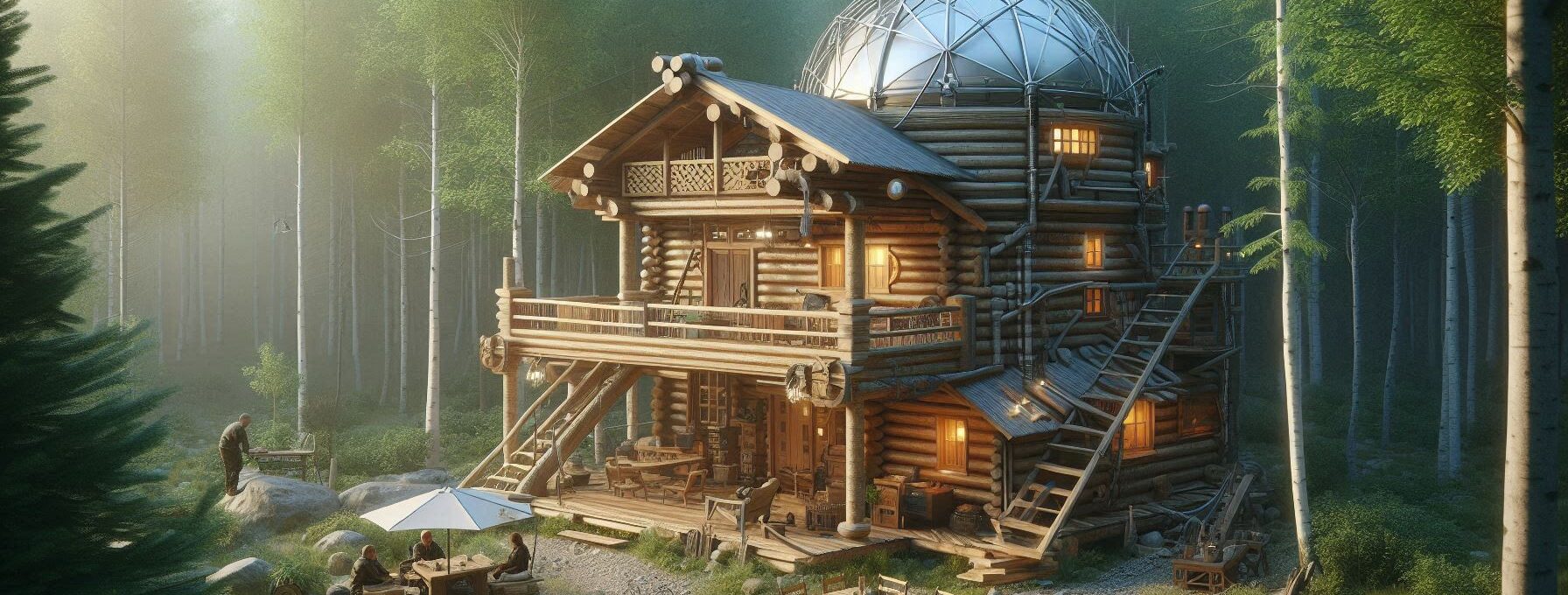
Picture yourself picking fresh tomatoes or digging up potatoes. You can cook great meals right outside your door! You get to be a little cook and gardener at the same time.
It could seem enormous and terrifying to start living this way, but it’s also exciting! Little things can make a big difference. You may start with a small patch for herbs or some simple vegetables like lettuce.
Every little win will make you feel more sure of yourself. Who knows? Soon you’ll be having your own little harvest parties. Imagine how happy your friends will be when you give them your homegrown food! It’s all about trying it out and having fun along the way.
Choosing Your Homestead Location
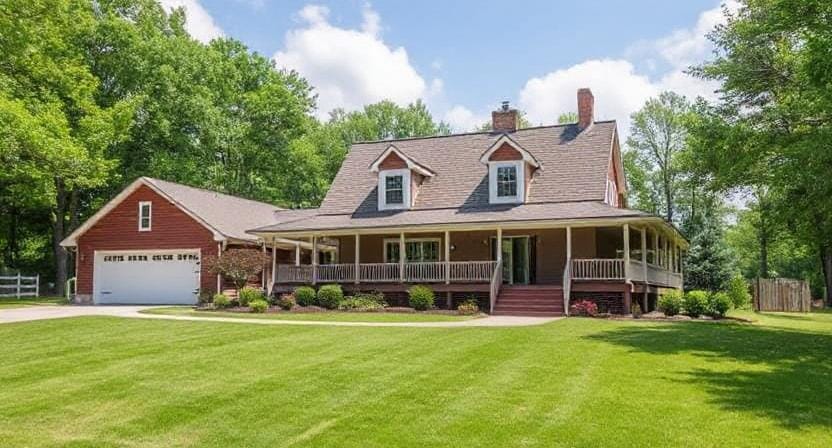
Finding the right piece of land is the first step in making a homestead that can support itself. This choice can change how you feel about everything! You want a place with good soil, easy access to water, and lots of sunlight.
I spent hours traveling around looking at numerous properties when I was looking for my own place. Some had great vistas but bad soil, while others were too far from town.
Have you ever thought about how the weather influences what you do? In warmer areas, you might be able to plant all year, although you might need to take particular care during dry seasons. On the other hand, places that are cooler may need greenhouses or cold frames to make the growth season longer. It’s all about finding the right balance for you!
Local zoning restrictions are also very significant. You wouldn’t want to buy land just to find out later that you can’t cultivate crops or raise chickens on it! Before you make any choices, be sure to do a lot of research.
Designing Your Layout
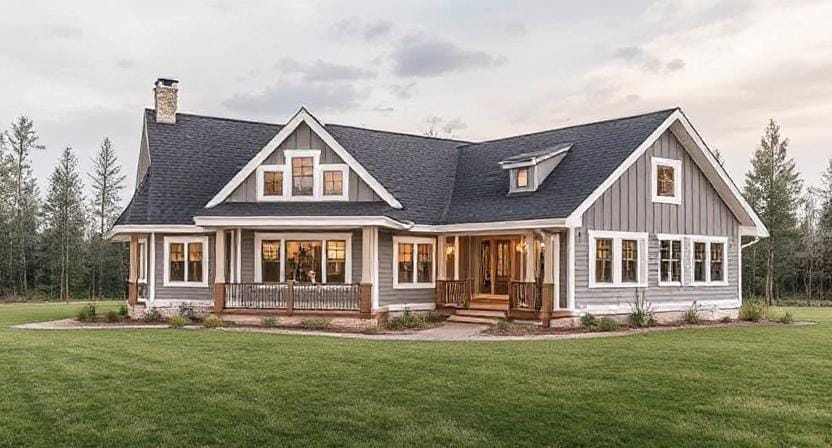
Now that you’ve located the perfect place to live, it’s time to plan how you’ll build your home. A good layout might save you time and work later on. To begin, make a plan for where you want to put important things like gardens, animal cages, and somewhere to live.
I quickly realized that having my vegetable garden close to the kitchen makes a big difference. Picture this: it’s time for dinner. You want tomatoes that are still fresh. You don’t have to go through the yard and get wet or muddy; you can just step outside. So simple, right?
Keeping it close saves you time and energy. It also makes cooking feel more unique. It’s like magic that you can get herbs and vegetables just when you need them.
Also, think about the wind. Putting up a fence or planting some trees might protect your garden from strong winds. After all that labor, no one wants their plants to fall over. They get big and powerful when you protect them and let them soak up the light.
The sun is very significant. You want to give your plants as much as you can. These little tips can really help. You’ll see that your plants are healthier and your dinners are happier!
Your garden can be a wonderful gem if you plan it carefully. It’s all about keeping things simple and letting nature take care of itself. In no time at all, you’ll be eating tasty meals that you created yourself. That’s so cool!
Growing Your Own Food
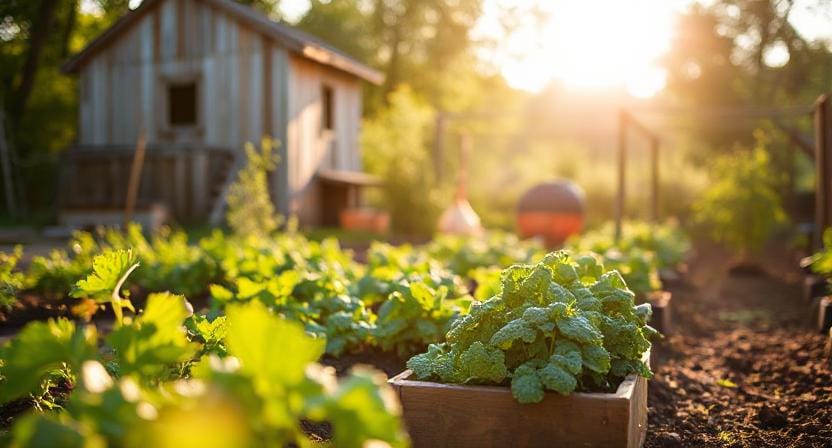
Growing your own food is one of the best things about living on a self-sufficient homestead. It’s like magic to plant seeds and watch them grow into tasty meals! But where do you begin? To be honest, based on my own experience, starting small is quite important.
I still think about the first small garden I made. It wasn’t large, but it was so exciting! I began with simple items like lettuce and radishes. They came up quickly! Those small green leaves made me feel so good about myself. I felt like a celebrity in the garden!
Have you ever eaten a tomato that you grew yourself? Wow, these taste a lot better than the ones you get in the shop. They are sweet and juicy, and they taste great. That fresh taste is definitely the best!
I discovered that it’s a good idea to vary things up in your garden. I had tasty choices all year since I planted all kinds of things, like herbs, fruits, and vegetables. In the summer, basil grows, and in the fall, apples grow. So many different types!
It’s also helpful to change things up every season. It makes the earth healthy and happy. Plus, it keeps bugs away. You will have more food if there are fewer pests!
If you want to have a garden, go for it! Pick something you love and start small. Enjoy the trip. You’ll be able to choose your own delicacies before you know it, and you’ll be proud of what you’ve grown. You can trust me: it’s completely worth it!
Raising Livestock
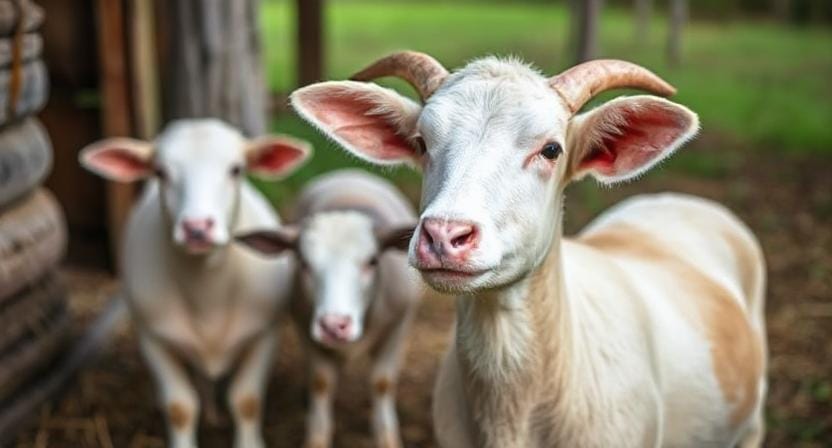
If you’re serious about becoming self-sufficient, consider raising livestock as part of your homestead plan. Chickens are an excellent choice—they provide fresh eggs daily and help with pest control in gardens! I started with just three hens; they quickly became part of our family.
But let’s be real for a minute. Taking care of animals means you’ve got to be committed! It’s not just about cute faces and cuddles. You need to build them little homes, like coops for chickens. They need a cozy place to sleep and stay safe.
Feeding routines are super important too. Chickens like their food at the same time every day. You don’t want them grumpy, trust me! And sometimes, they’ll need a vet visit if they’re not feeling well. Just like us, they can get sick.
Oh, and the cleanup? That’s a thing. You’ll need to think about where the mess goes. Composting chicken droppings is actually really good for your garden soil. It’s like a natural fertilizer! Your plants will thank you later.
Chickens are great, but don’t overlook goats if you have space. They’re fun and produce milk. Cheese from your own goats? Yes, please! Plus, they help clear out brush in your yard. They’re like little landscapers.
Choosing to keep animals can be a lot of work, but it’s also rewarding. You’ll have fresh eggs, milk, and little furry friends. It’s definitely a big step but worth every bit of effort. You got this!
Water Management Solutions
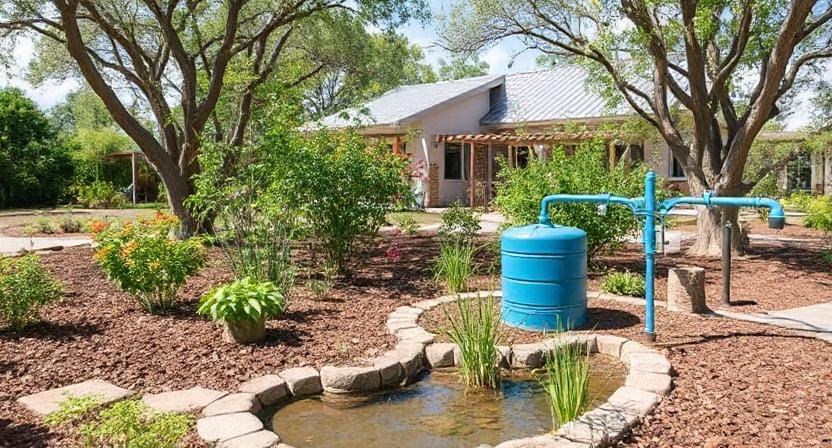
Water is important for anyone who wants to be self-sufficient on their farm. You need to make sure that your plants and animals are healthy and happy by making sure they have reliable access. Fortunately, there are different ways to do this depending on where you live.
A lot of people who like to prepare have been getting into rainwater gathering lately. Isn’t it cool? You can capture rainwater from your roof and put it in barrels. This not only saves water, but it also helps down those annoying utility bills. That’s quite cool!
Think about it. You may use the rainfall to water your colorful vegetable gardens on a hot, dry day. Those plants would adore it! It’s like giving them a great drink when they really need it.
If rainwater isn’t enough where you are, you might need to drill a well next. But first, check the regulations. You might require a permit to dig. No one likes officials to show up out of the blue and ask about your new hole in the earth!
Your garden and animals need a lot of water. It’s easier to do things when you have stable sources of water. Also, it feels nice to know that you’re working toward being self-sufficient. You’re achieving fantastic things for yourself and the world! Continue!
Building Community Connections
Building a self-sufficient homestead doesn’t mean cutting yourself off from everyone else. In fact, it’s the reverse! Getting to know other preppers or gardeners in your area helps everyone by building support networks.
Have you ever gone to a dinner in your neighborhood when people brought food made using vegetables they grew themselves? Those times are very wonderful. It’s a terrific approach to get to know one other because everyone provides something different. You can talk to your neighbors and tell them about your garden and how you live in a way that is good for the environment. It’s like a cooking show, but with actual people!
It might also be fun to join online forums. You can share advice on how to care for animals and plants. It’s like having a huge group of buddies who all like the same stuff. You learn a lot, and who knows? You might meet some persons who will be your best friends!
It takes work to build a homestead that can take care of itself, but it’s worth it. When you see what you’ve grown, you’ll feel proud. And what about their friends? They give everything more meaning. What makes this journey even more memorable is that you can share your highs and lows, laugh at tiny missteps, and celebrate your accomplishments together.
So, go ahead and plunge in! Enjoy the ride, the progress, and the people you meet. You’re doing things to make something great!
Starting a self-sufficient homestead begins with choosing the right land, planning your layout, and growing your own food step by step. With basic livestock, smart water management, and simple daily routines, anyone can build a sustainable lifestyle that offers freedom, security, and real independence.
Frequently Asked Questions
How do I choose the best land for homesteading?
Choose land with good soil, reliable water access, and plenty of sunlight. Avoid rocky or swampy areas and always check local zoning laws to make sure you can grow food, raise animals, and build structures legally.
How much land do I need to start a homestead?
You can start small on as little as a quarter acre for gardening and chickens, but one to five acres offers more space for livestock, orchards, and long-term expansion if you plan to become fully self-sufficient.
What should I grow first as a beginner?
Start with easy crops like lettuce, tomatoes, potatoes, beans, and herbs. These grow quickly, boost confidence, and provide real food fast without requiring advanced gardening skills or equipment.
Do I need animals to be self-sufficient?
No, but adding chickens, rabbits, or goats can boost food production. Chickens provide eggs, goats make milk, and rabbits offer meat. Start small and only add livestock when you’re ready for the responsibility.
How do I set up water for my homestead?
Use multiple water sources if possible. Collect rainwater in barrels, dig a well if allowed, and store emergency water. Reliable water access is essential for crops, animals, and daily survival.
Is homesteading expensive to start?
It doesn’t have to be. Start small and build slowly over time. You can reuse materials, build DIY projects, and invest only in essentials like tools, seeds, fencing, and shelter for animals.
Can I homestead alone?
Yes, but having a support network helps. Connecting with neighbors, online groups, or local farmers makes it easier to share tools, trade food, and learn new skills without feeling overwhelmed.
Suggested External Resources:
Self-Sufficiency: The Ultimate Guide
https://www.selfsufficiency.com/ultimate-guide
Homesteading Basics: Getting Started
https://www.homesteadingbasics.com/getting-started
Raising Chickens 101
https://www.chickens101.com/

Kevin Collier is a seasoned outdoor enthusiast and writer for Trekbug.com, specializing in outdoor adventures, survival strategies, and prepping insights. With a deep love for nature and a commitment to self-sufficiency, Kevin empowers readers to embrace the wilderness confidently. He shares valuable tips, practical techniques, and inspiring stories, helping both novice and experienced adventurers develop essential skills for surviving and thriving in the great outdoors.




